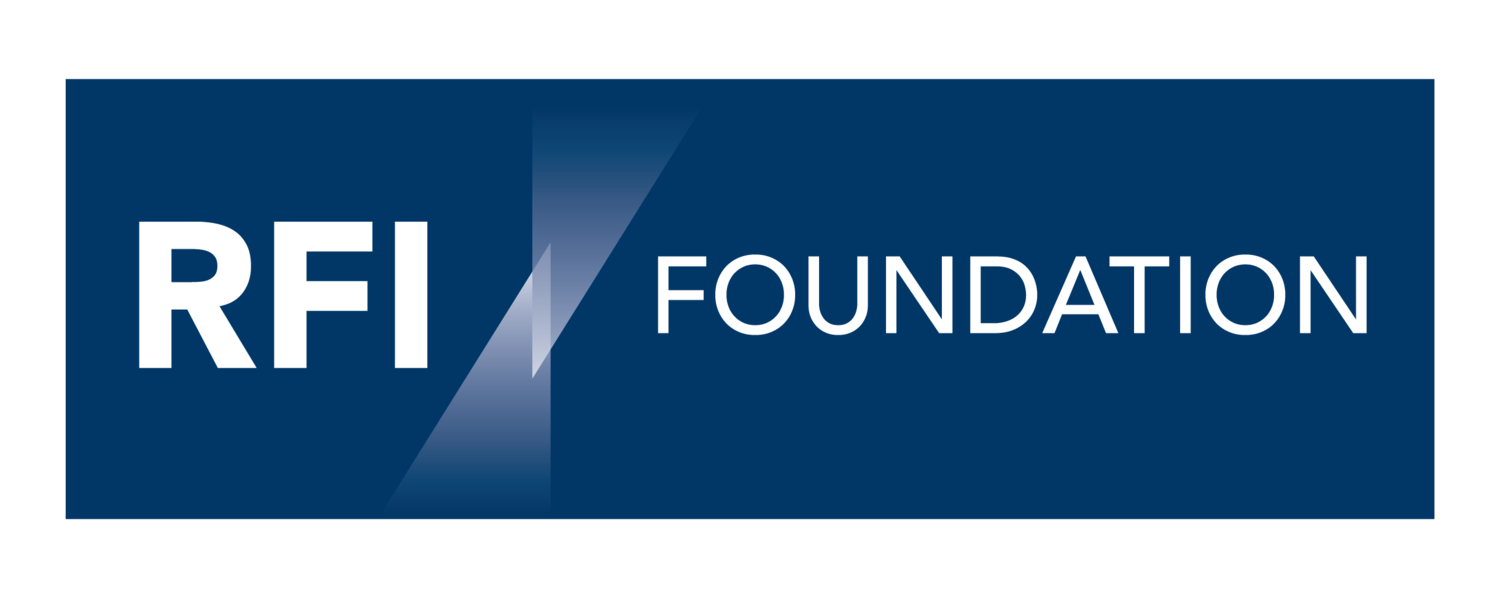Time To Iterate New Approaches To ‘Transition Finance’ Within ASEAN
Regulatory authorities in Southeast Asia are providing guidance for financial institutions looking to support decarbonization with reference to transition finance. One consultation released by the Monetary Authority of Singapore (MAS) focuses on banks and finance companies, while the ASEAN Capital Markets Forum (ACMF) approved guidance targets institutions looking to capital markets.
These two guidance notes provide an approach that can be tailored for the ASEAN region to support a framework for expanding access to sources of finance that don’t qualify as ‘green’ or ‘sustainable’ but that support economy-wide decarbonization. Unlike taxonomy-aligned green finance, transition finance is designed for companies that have developed a plan to align with science-based climate pathways.
This is of critical importance within emerging markets as most ASEAN countries have a shortage both of ‘green’ projects and of the financial resources needed to stay aligned with global Net Zero by 2050. Although there have been many different frameworks to help define ‘transition finance’, it is still a difficult area for investors and financial institutions to define in a way that defies greenwashing risk.
One of the challenges for ASEAN is that the financing is needed not only by the largest companies but also across 70 million micro, small and medium enterprises (MSMEs). The challenge for the breadth of finance needed is that addressing greenwashing risks requires data that are often unavailable today, and may be hard to create in any case for many MSMEs.
One question that will persist under the guidance will be how financial intermediaries – whether banks, finance companies, or those enabling access to capital markets – will streamline the process of accessing transition finance. Of particular importance will be supporting or engaging with companies to set transition plans that meet the requirements of enough investors. This means defining a roadmap of actions to align with climate pathways, and ‘robustness of ability to deliver’, in the phrasing of the ACMF guidance.
The benefit of the proposed (MAS) and approved (ACMF) guidance on transition finance is that it provides a framework designed to fit into other guidance adopted at regional or national level for sustainable finance and investment. Financial institutions, investors and companies will need to apply the frameworks to see how widely applicable they will be, and what gaps come to light in the process. The good news in this respect is that each guidance is designed with flexibility in mind for financial institutions and regulators to adapt based on subsequent experience, so the next step is just for that process of iteration to begin.
